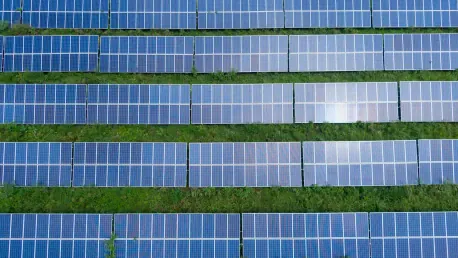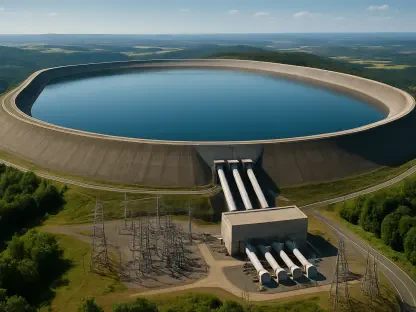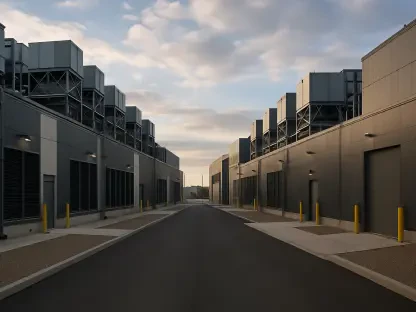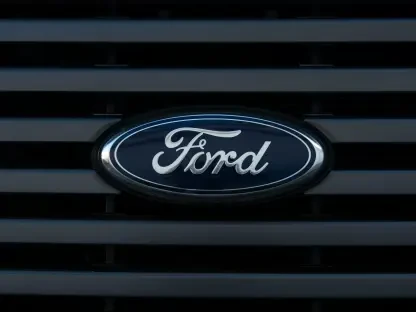The multi-year agreement between Clearloop, a carbon solutions platform under Silicon Ranch, and Microsoft aims to deploy up to 100 MW of renewable energy projects over the next three years. These projects will be situated in socioeconomically diverse and historically underinvested American communities, particularly in Arkansas and Louisiana, promising to accelerate decarbonization efforts and drive capital investments in these communities. Clearloop, using emissions factors through its work with the environmental tech nonprofit WattTime, identifies strategic grid points where new solar generation can replace maximum carbon emissions. It is expected that the proposed projects will prevent over 5 million metric tons of carbon from entering the atmosphere over the next forty years, diversifying the local energy mix. This initiative highlights how large-scale renewable energy infrastructure can benefit not only the environment but also the economic prospects of communities embracing innovation. This aligns with Microsoft’s goal to become carbon negative by 2030 and promotes the broader decarbonization of the economy.
Accelerating Decarbonization and Economic Growth
Clearloop and Microsoft’s partnership is more than just an environmental effort; it’s a comprehensive plan to accelerate decarbonization while fostering economic growth in underserved communities. By focusing on socioeconomically diverse and historically underinvested areas, particularly in Arkansas and Louisiana, this collaboration aims to bring renewable energy solutions where they are needed most. The use of emissions factors, developed with the nonprofit WattTime, allows Clearloop to strategize grid points effectively. These strategic points are where new solar generation can replace the maximum amount of carbon emissions, thereby ensuring that the impacts are both environmentally and economically meaningful. The expectation that these projects will prevent over 5 million metric tons of carbon from entering the atmosphere over the next forty years underscores their significant environmental contributions.
At the same time, the financial investments driven by these renewable projects are set to revitalize local economies. By placing large-scale solar projects in these regions, Clearloop and Microsoft pave the way for new jobs, infrastructure development, and enhanced community services. This dual approach ensures that while environmental goals are being met, the community as a whole prospers. Microsoft’s pledge to become carbon negative by 2030 is furthered by this initiative, which also aligns with the broader objective of a decarbonized economy. As the projects get underway, the tangible benefits of this approach will become evident, reinforcing the message that environmental sustainability and economic development can go hand in hand.
Community-Centric Solar Projects
One of the standout achievements of this collaboration was the first solar project in Panola County, Mississippi. This 6.6-MWdc facility became operational in the summer of 2024, marking a significant milestone. The project displaced 200,000 tons of carbon emissions and led to substantial financial investments in the local community. This not only highlights the immediate environmental benefits but also the long-term economic impacts such projects can have. As new solar projects begin in Poinsett County, Cross County, and Desha County in Arkansas, and in Bienville Parish, Louisiana, the focus remains on serving local distribution grids. The four initial projects expected to start construction in the next few months will be among the first large-scale solar endeavors in these areas. By the end of the year, these regions will see a transformation in their energy infrastructure, driving both environmental and economic benefits.
Each of these renewable energy projects, developed, owned, and operated by Silicon Ranch, will receive support from a Community Benefits Fund managed by the nonprofit Sustain Our Future Foundation. This fund aims to result in positive outcomes for communities suffering from adverse social and environmental conditions. The dual focus on environmental sustainability and community well-being ensures that the benefits of the projects extend beyond just carbon reduction, impacting the social and economic fabric of the areas involved. This community-centric approach underscores a vital aspect of the collaboration, ensuring that the residents in these areas are primary beneficiaries of the transformation.
A Model for Future Climate Action
Clearloop, a carbon solutions platform under Silicon Ranch, has entered a multi-year agreement with Microsoft to deploy up to 100 MW of renewable energy projects within the next three years. These projects will be located in socioeconomically diverse and historically underinvested American communities, mainly in Arkansas and Louisiana. This partnership aims to speed up decarbonization efforts and drive significant capital investments into these communities, making it a pioneering initiative. Clearloop, with the environmental tech nonprofit WattTime, identifies key grid points where new solar energy can replace the highest carbon emissions. The planned projects are expected to prevent over 5 million metric tons of carbon from entering the atmosphere over the next forty years, diversifying the local energy mix. This initiative showcases how large-scale renewable energy infrastructure can positively impact both the environment and the economic prospects of innovative communities. Aligning with Microsoft’s goal to become carbon negative by 2030, this project promotes the broader decarbonization of the economy.









